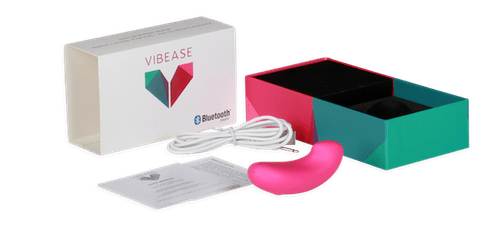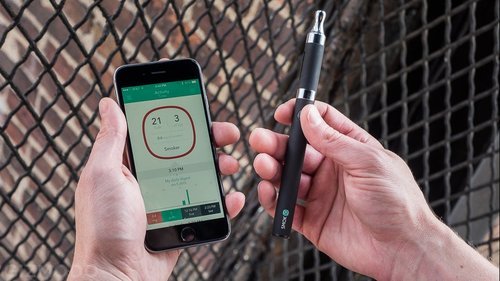The face on Dema Tio’s boss said it all. The Indonesian-born entrepreneur was leaving his position at an investment firm in Boston to pursue his dream to solve a burning issue. Living oceans apart from his wife had taught him one thing that the pandemic has taught us well: physical intimacy is something you just cannot do on Zoom.
With that thought in mind, Vibease was created. The concept was as simple as a smartphone-controlled vibrator, a wellness device for women; the first one of its kind.
But creating a smartphone controlled vibrator from scratch is no easy task. It entails knowing how to build the vibrating device, the Bluetooth connection and the casing around it. Dema knew it would require plenty of resources and time. But Dema was more worried about something else: would anyone be prepared to pay for Vibease?
His intuition was simple: “hack an existing product and sell it”.
With limited resources, Dema was sure he could build the connection to work perfectly with a vibrator that was already being sold in the market. And so, the Vibease team started offering customers a vibrator hooked up to a Bluetooth module that connected to their smartphone.
Sure enough, the initial version of Vibease was able to sell 500 units of this hacked device.
With constant customer feedback, later versions changed radically. It is now a much different device, and the company has since sold over a million units.

Hacking an existing product worked for Alexandre Prot and Steve Anavi when designing SmokIO a connected electronic cigarette that could help to quit smoking. They were able to go from idea to full market product, complying with strict European regulations, in just six months.
This was possible because they identified a manufacturer in China that already had an approved electronic vaping device. They just needed to modify it slightly, so it could send data to the phone but did not need to be re-evaluated to receive a CE license. It could then be ready and sold in the european market.

Early consumer validation helped them grow their business. Within a couple of years, they had sold their company. They are now on their next venture, Qonto, a very successful neobank for SMEs.
In both instances, it would surely have been more exciting to start from scratch. Design a vibrating device or a cigarette “our way”. But doing so wastes precious time to market.
Hacking actual products is by no means restricted to consumer devices. In the “Startup Way” Eric Ries mentions recommending this technique to GE engineers who needed to design the next generation of jet engines. He convinced them to take an anterior design, manually modify it and sell it to the first customer. They managed to hit the market within a few months instead of years, without compromising the safety or quality of their technology.
In conclusion, product-hacking is a great example of how the lean approach is not restricted to digital only products. Whether it’s vibrators, electronic cigarettes or jet engines, entrepreneurs have found a way to cut corners to make sure they are building the right it. Vibease’s boss, Dema Tio, would agree that we are all the better for it.








